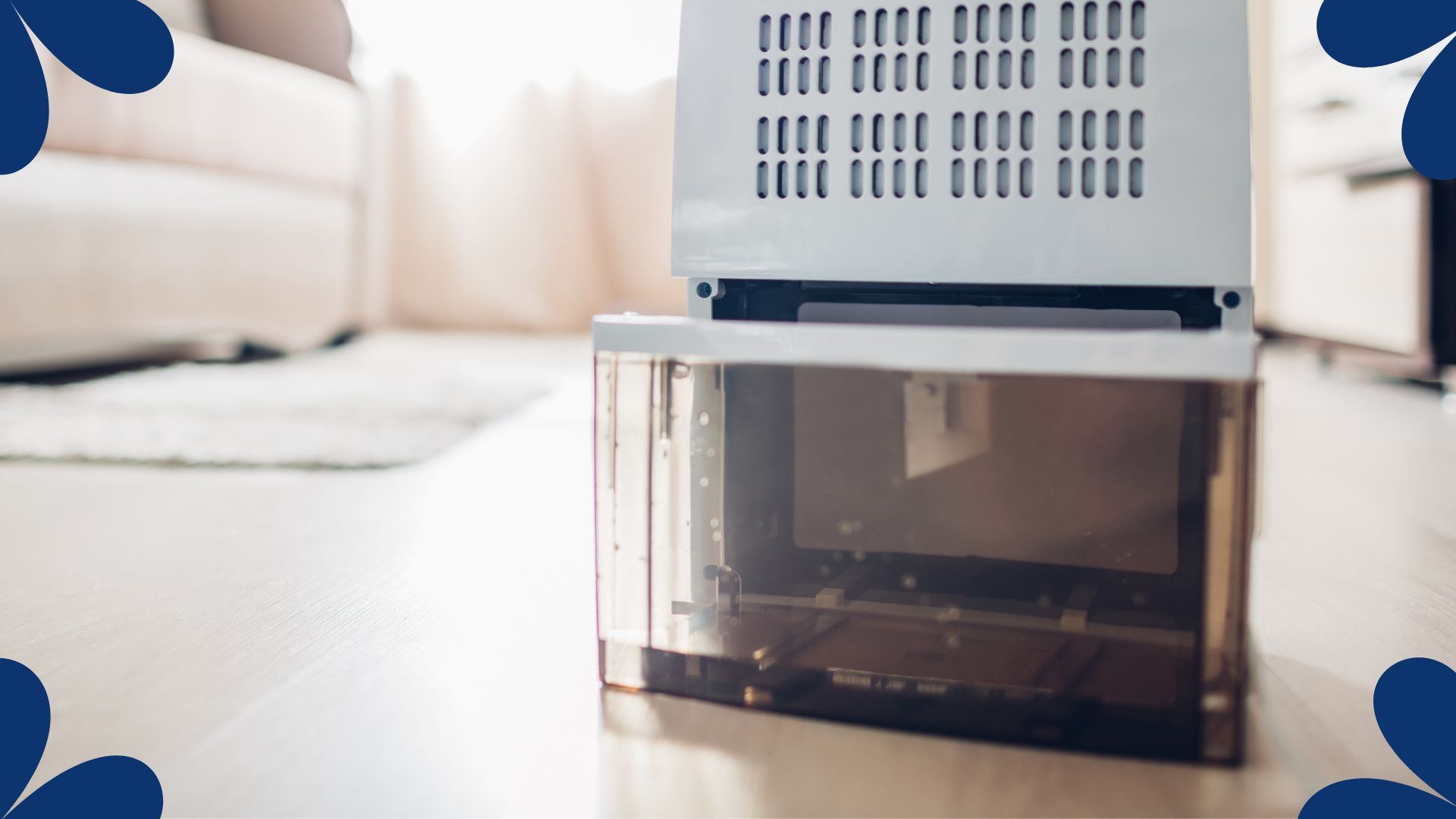
No matter the season, there's no denying the usefulness of having a dehumidifier in your home. Quitely working away to remove excess moisture from the air, their tanks are often filled with water before we know it, it seems a shame to simply throw it out.
While there are many reasons to buy a dehumidifier, efficiently reducing humidity in the home is by far the best and most effective. Many of the best dehumidifiers can collect multiple tanks of water within days, which begs the question 'What should you do with dehumidifier water?'
Of course, you can empty the water into the sink but if you're looking for ways to save money and reduce waste there are other options. We spoke to appliance and cleaning experts to explore the different ways you can reuse dehumidifier water.
5 ways to reuse dehumidifier water
When you've placed your dehumidifier in the best place for maximum efficiency you'll find yourself emptying the tank more often than expected.
If you've cleaned your dehumidifier properly and regularly then the water will be clear meaning you can use it in several useful ways around the house.
1. Watering plants

If you're looking to lower your watering bill using dehumidifier water to complete your houseplant watering routine is the way to go.
"Dehumidifier water can be used to water plants, but only if it’s clear and free of contaminants," says Jane Wilson, cleaning expert at Fantastic Cleaners. "Avoid using it on edible plants. Some plants may be sensitive to high mineral levels, so it’s best to use the water sparingly or mix it with regular tap water."
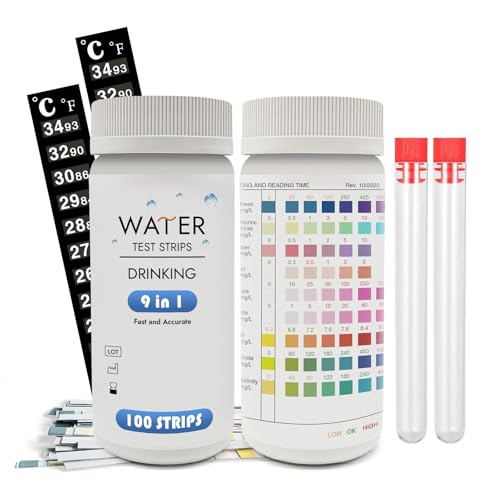
RRP: £9.99 | This handy kits comprises 100 test strips to test your dehumidifier water for Iron, Copper, Nitrite, Nitrate, Ph, Carbonate, and more.
2. Filling the iron
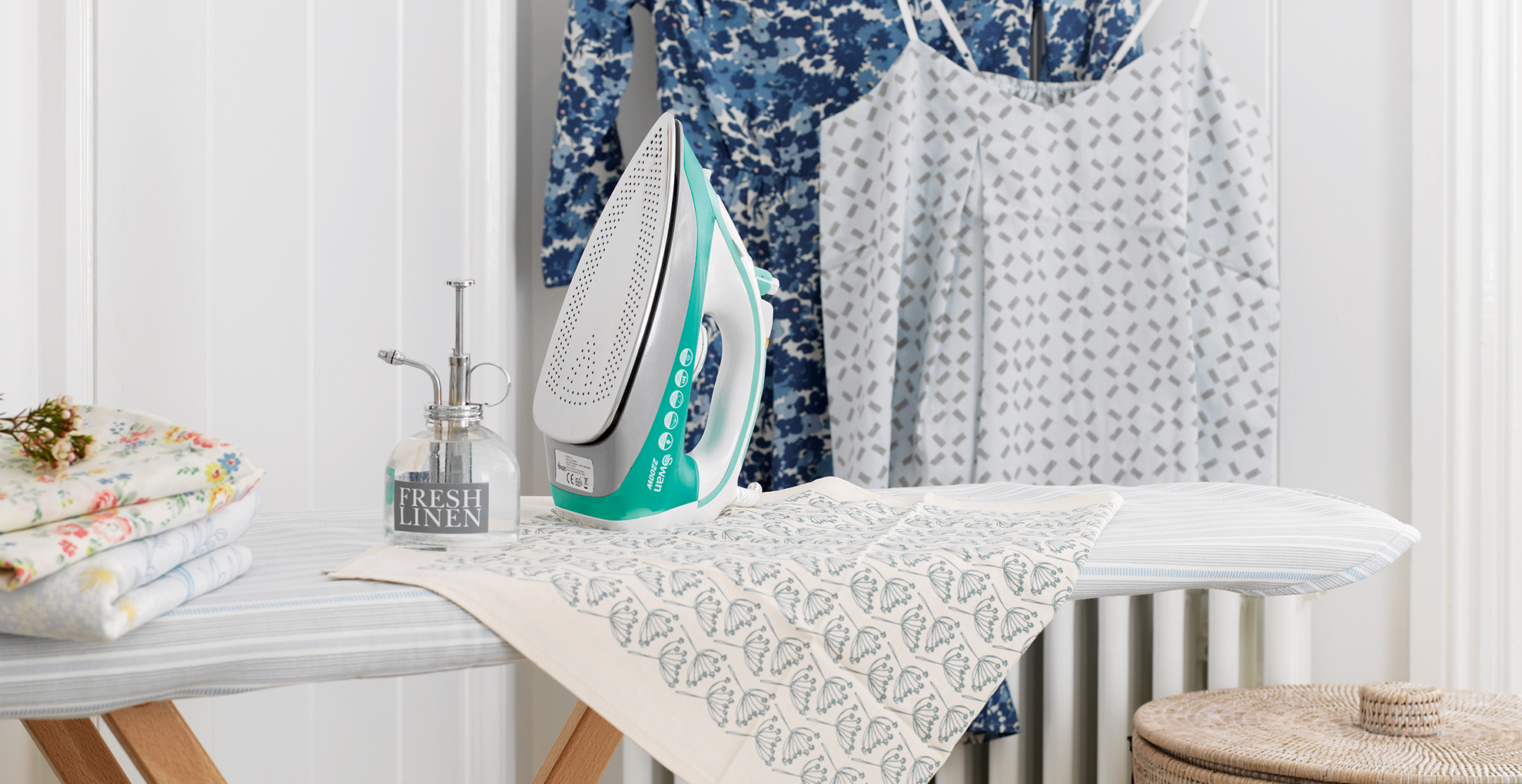
You may only use a small amount when ironing, however, reusing your dehumidifier water to fill up your iron is a genius idea.
"Dehumidifier water is good for ironing. It’s typically free of minerals, which means it won’t cause the buildup that can occur with tap water in irons," explains Jane. "Using dehumidifier water can help extend the life of your iron and avoid mineral deposits on your clothes."
You might not even have to worry about cleaning your iron as much, which is always a bonus.
3. Cleaning surfaces around the house

It's not just your outdoor belongings that can be cleaned with the reused water, using it when you're deep cleaning your home is also a good idea.
Jane says, "It’s safe to use dehumidifier water for mopping, especially on non-wooden surfaces like tile, vinyl, or laminate. Just make sure it’s clear and not contaminated with debris."
She also recommends you use it to wipe down windows and mirrors, as long as the water is clean and free from debris. "Avoid using it on wood or porous surfaces, as they may absorb the moisture and potentially cause damage," she explains.
4. Replenishing toilet cisterns
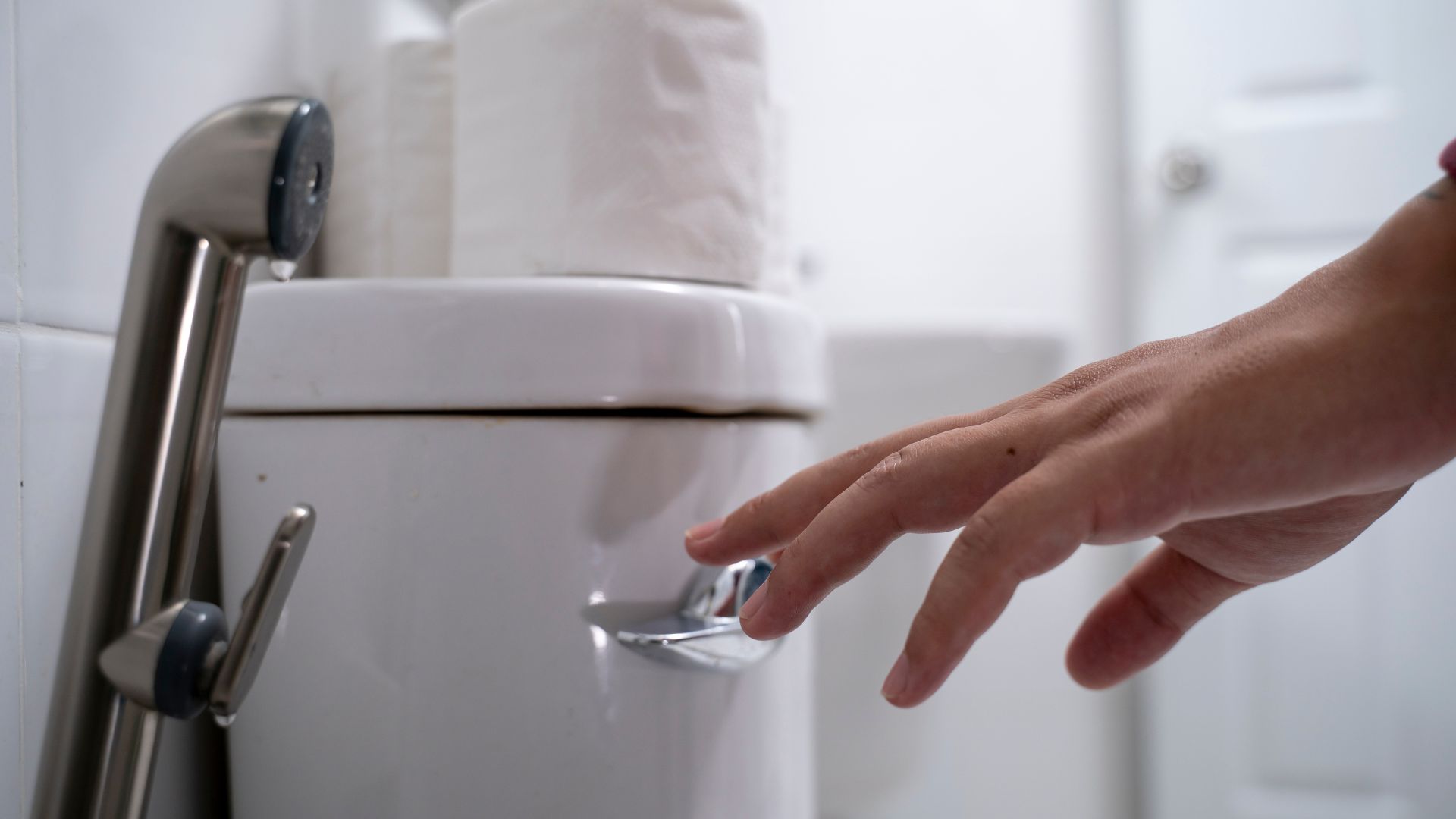
Perhaps a more unconventional tip, but you can fill your toilet cistern with water, especially if you have multiple bathrooms this can help with lowering your water bill. Small things like this can make a difference, especially if you require some expert tips to save energy.
"You can use dehumidifier water to flush toilets, as long as it’s clean. It’s a simple way to reduce water waste, especially in homes with multiple bathrooms," advises Jane. One of the best dehumidifiers for bathrooms is ideal for this job.
5. Carrying out outdoor cleaning maintenance
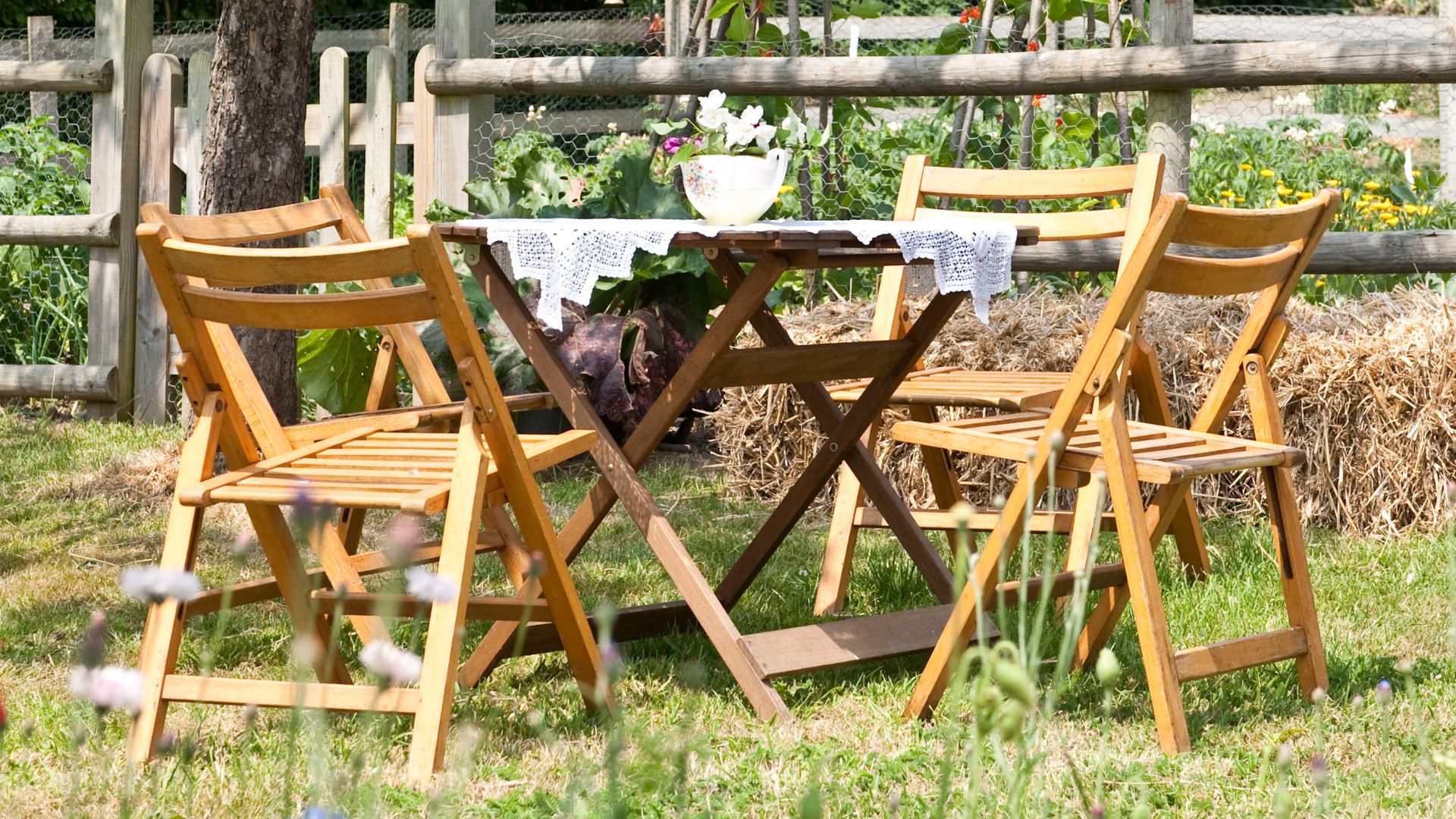
Many types of outdoor furniture belong on the list of things you should never pressure wash in your garden so using a sponge and bucket is the best route. Why not kill two birds with one stone and reuse your leftover dehumidifier water?
"Use the water to wash patios, garden furniture and outdoor tools," says Nicholas Auckland, energy and heating expert from Trade Radiators. "Make sure that it doesn't come into contact with any drinking water."
He adds, "Purified water isn't required when cleaning these outdoor materials, so this is a good way to save money and be more sustainable."
Our pick of the best dehumidifiers
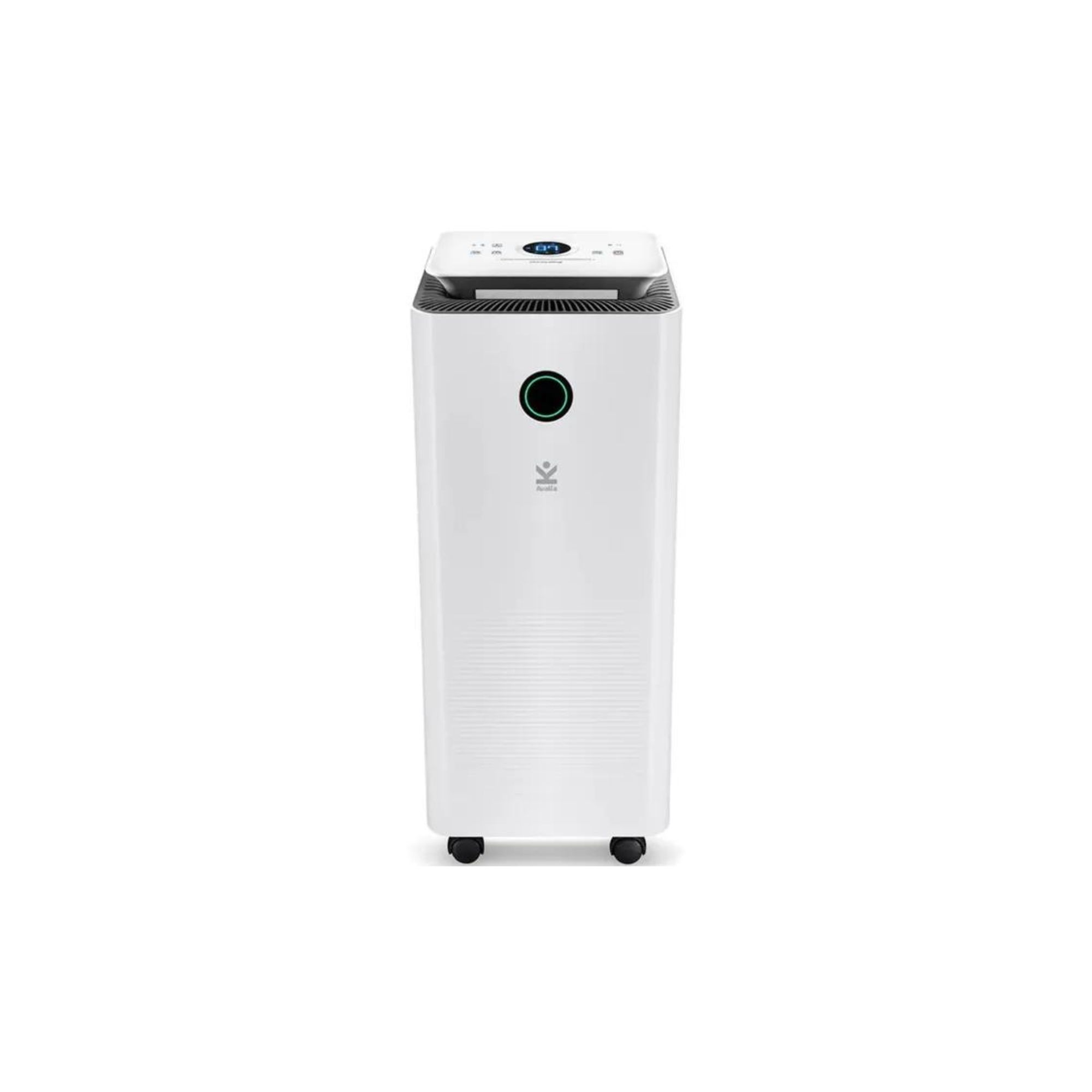
If you're looking for a dehumidifier that's large enough to hold at least 16L of water, sleek, and space-saving. The Avalla X-150 is Rated the overall best on our list, this machine left the air in our home clean and moisture-free.
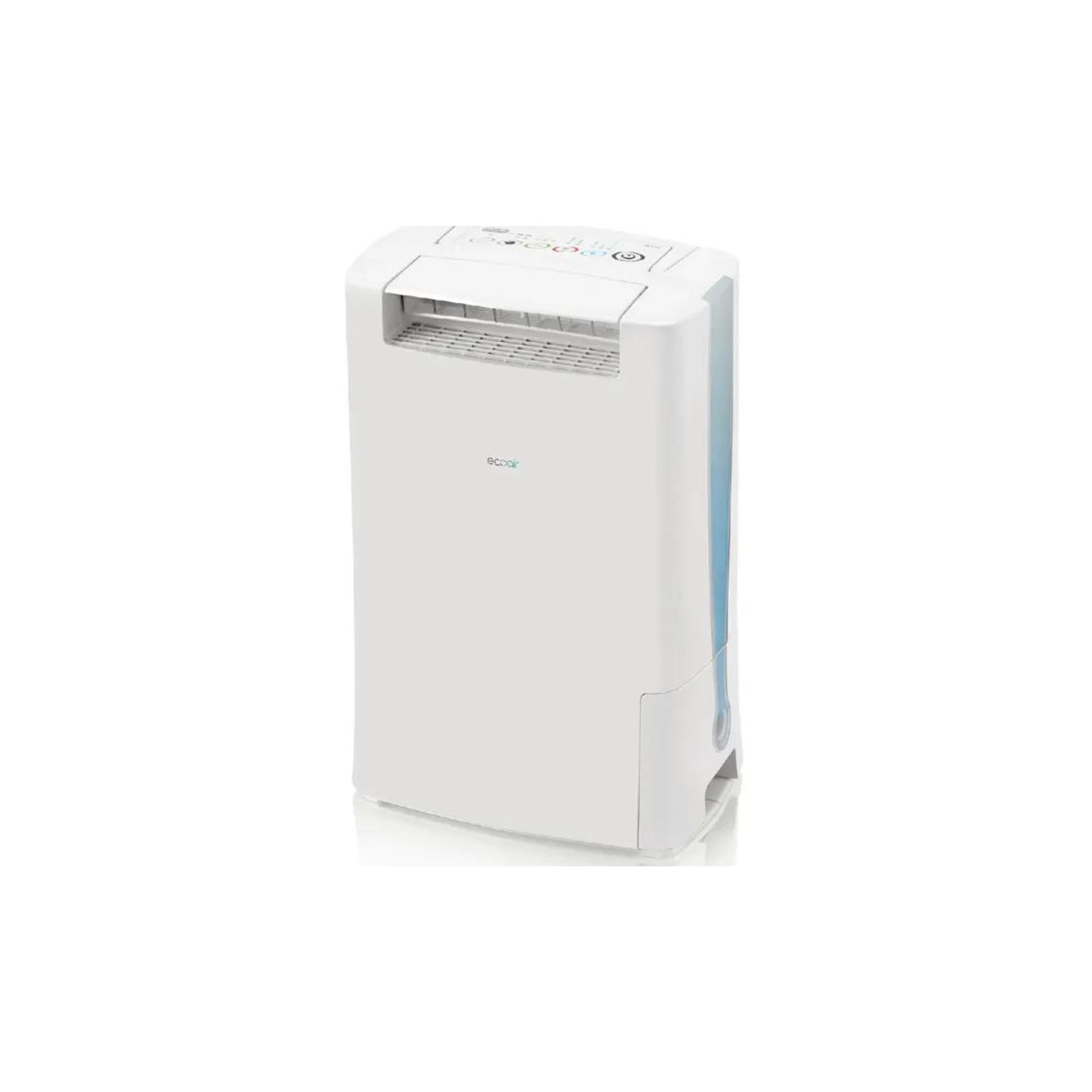
The cool thing about dehumidifiers is that they can be used as a clothes dryer, which helps keep costs down. This EcoAir dehumidifier is exceptional for drying clothes and laundry quickly. The Desiccant 8L features three drying modes and two laundry.
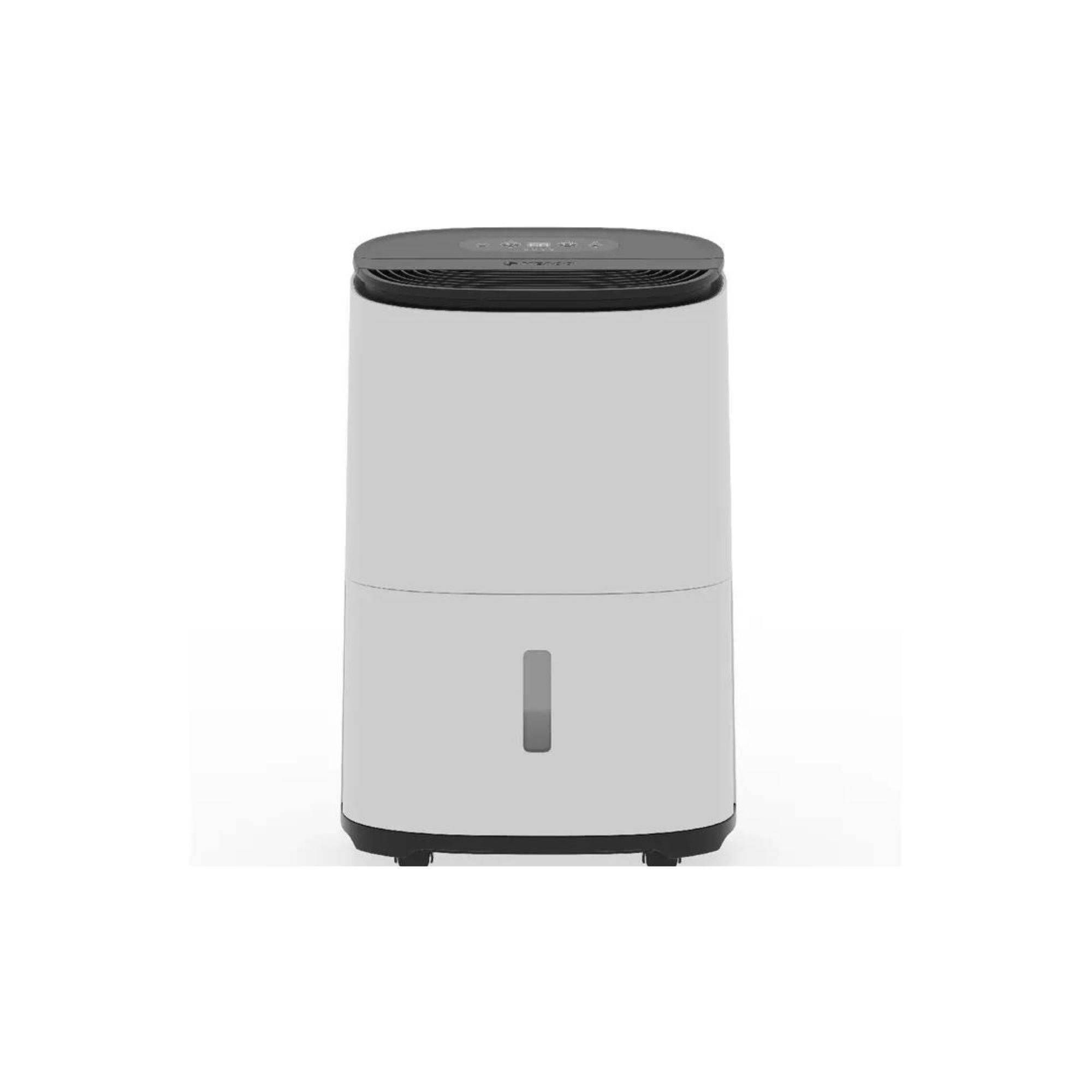
The MeacoDry Arete One is an all-around great dehumidifier. It's simple, easy to use, great for families with little ones, and quiet. It even has a laundry mode, handling your home's moisture and wet clothes.
FAQs
Can I use water from my dehumidifier to water plants?
As mentioned previously you can in fact use dehumidifier water to keep your plants happy, however, there is a little more to it. Not all of the best indoor plants will appreciate the water, some more sensitive species might suffer from it.
Chris Michael, founder and managing director of Meaco says, "Dehumidifier water is distilled water but may contain traces of impurities, so it's best suited for watering non-edible plants like houseplants or flowers. It's best to use a watering can filled up from the dehumidifier tank."
Nicholas echoes this, adding, "There's also a worry that salts or impurities from the dehumidifier water will build up in the soil. To combat this, make sure to frequently alternate with fresh tap water and keep on top of plant pH levels."
Is dehumidifier water good for ironing?
Using dehumidifier water to fill up your iron is probably one of the best ways to reuse it. Michael explains that not only is it sustainable but it's actually good for your iron.
"It's great for filling steam irons since it’s low in minerals, which can prevent limescale buildup. Use a funnel to pour it into your iron’s water reservoir," he says.
Whether you use your dehumidifier to help dry clothes indoors or rely on it to keep the bathroom mould-free, make sure you're collecting the water for reuse. Your bills and the planet will thank you for it.







